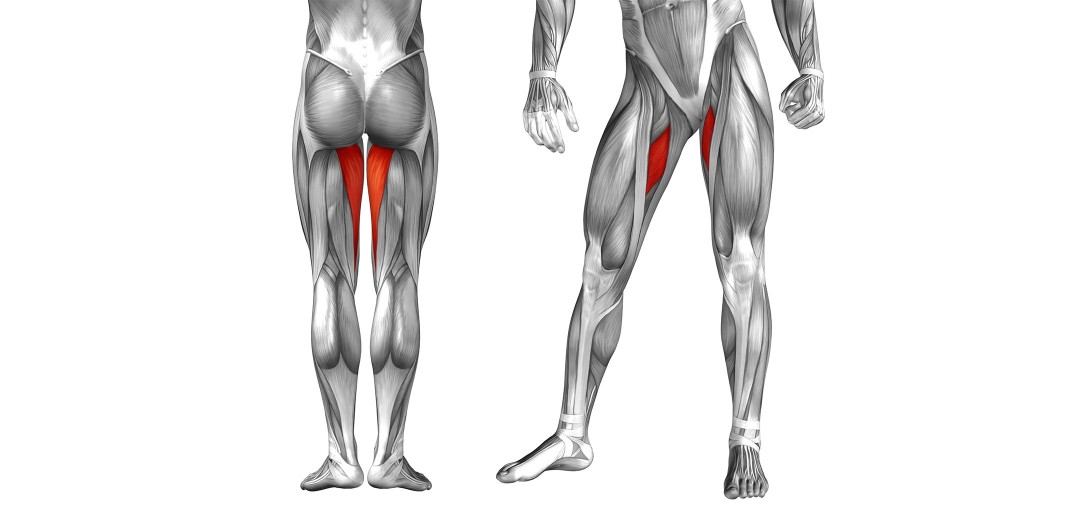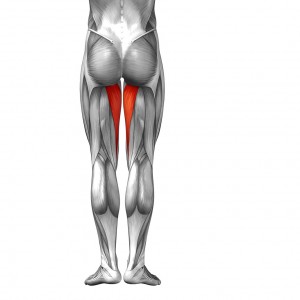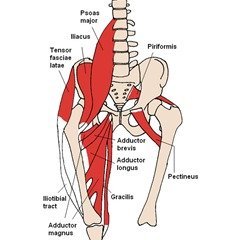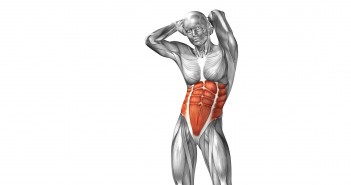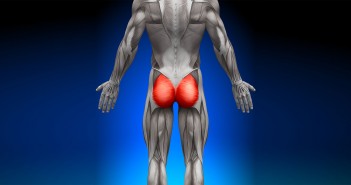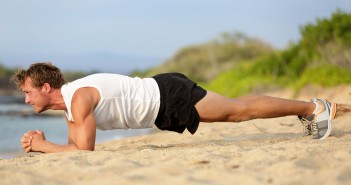The adductor muscles of the hip are a group of muscles of the inner thigh.
As the name suggests, the main function of the hip adductors is the adduction of the hip joint – they work to move the thigh inward with the hip bent (the medial movement of the thigh towards the midline of the body in a horizontal plane), and work with the lower fibres of the gluteus maximus to move the thigh inwards with the hip straight (the medial movement of the thigh towards the midline of the body).
The hip adductors also support the internal and external rotation, flexion and extension of the hip joint.
The gracilis muscle also moves the knee joint, where its contraction causes a flexion and inward rotation.
The hip adductors play an important role in balancing the pelvis during standing and walking, and during the golf swing.
The hip adductor group is made up of:
- Adductor magnus;
- Adductor longus;
- Adductor brevis;
- Adductor minimus;
- Pectineus;
- Gracilis.
The Role of the Hip Adductors in the Golf Swing
The transition between backswing and downswing is crucial in determining whether the club head will return to a proper position at impact.
Allowing your arms or torso to initiate this movement leads to many of the swing faults suffered by amateur golfers.
To initiate the transition, your adductor muscles must engage and shift your weight towards your lead leg by pulling with (adducting) the lead hip.
Your legs must first firmly stabilise and generate power from the ground up. Then the pelvis and torso must disassociate from one another to create and transfer even more power up the kinetic chain.
The initial weight shift, using the adductor muscles of your hip, puts your lower body in the perfect position for a stable, powerful and consistent hip, pelvis, and trunk rotation so that proper downswing sequencing can occur.
If you have any questions or comments about this or other articles on Golf Loopy, please send us an email.
You May Also Like…
Overview of a Great Golf Swing, which summarises the correct movements in a great golf swing.
Why is Having the Shoulders “Connected” So Important? Which explains how the shoulders enable the power of the big muscles in your legs and core to be transferred to the golf club.
Golf Anatomy and Kinesiology, a collection of articles describing the roles of the muscles involved in the golf swing.

